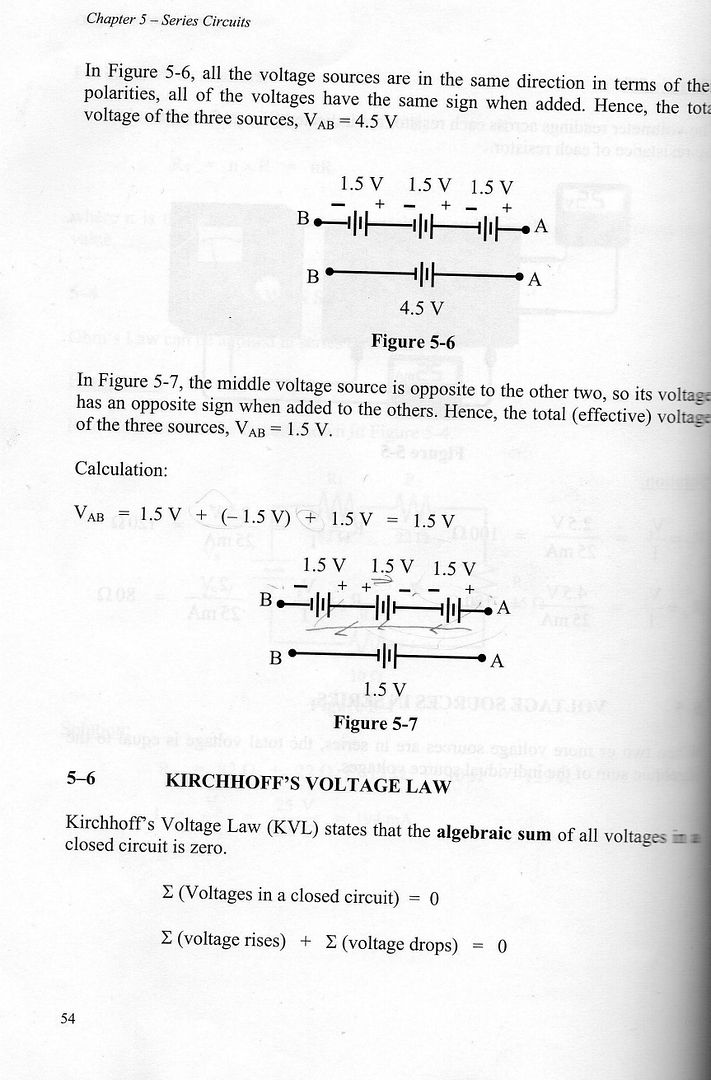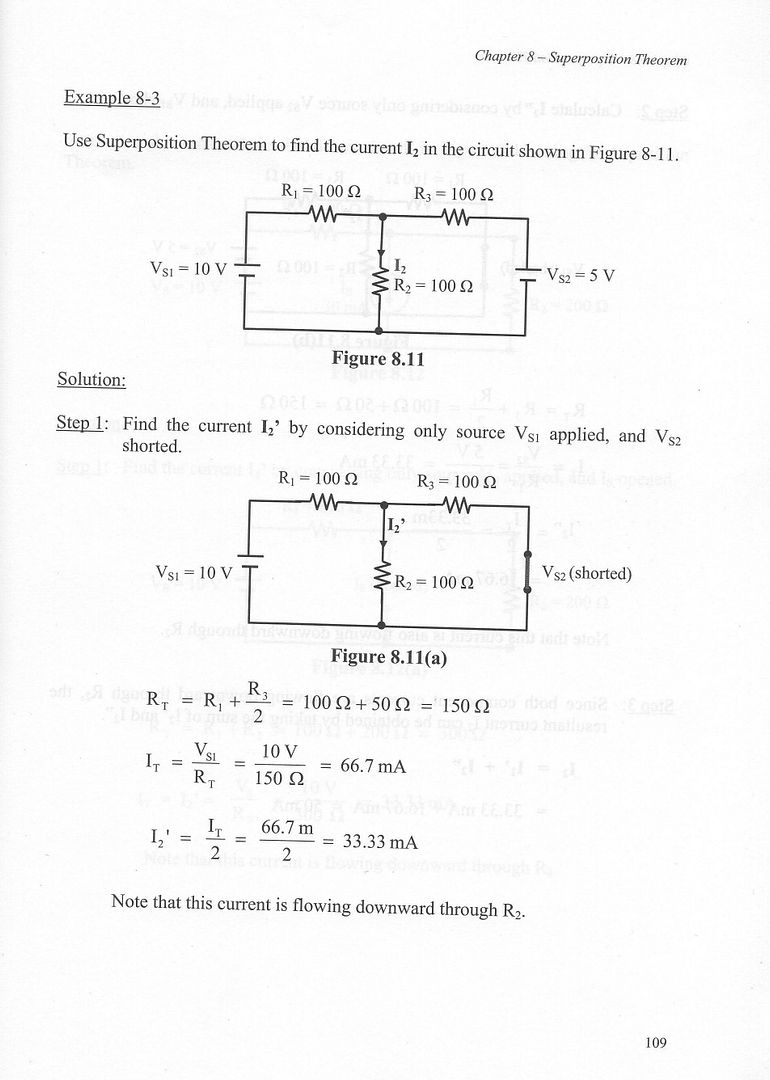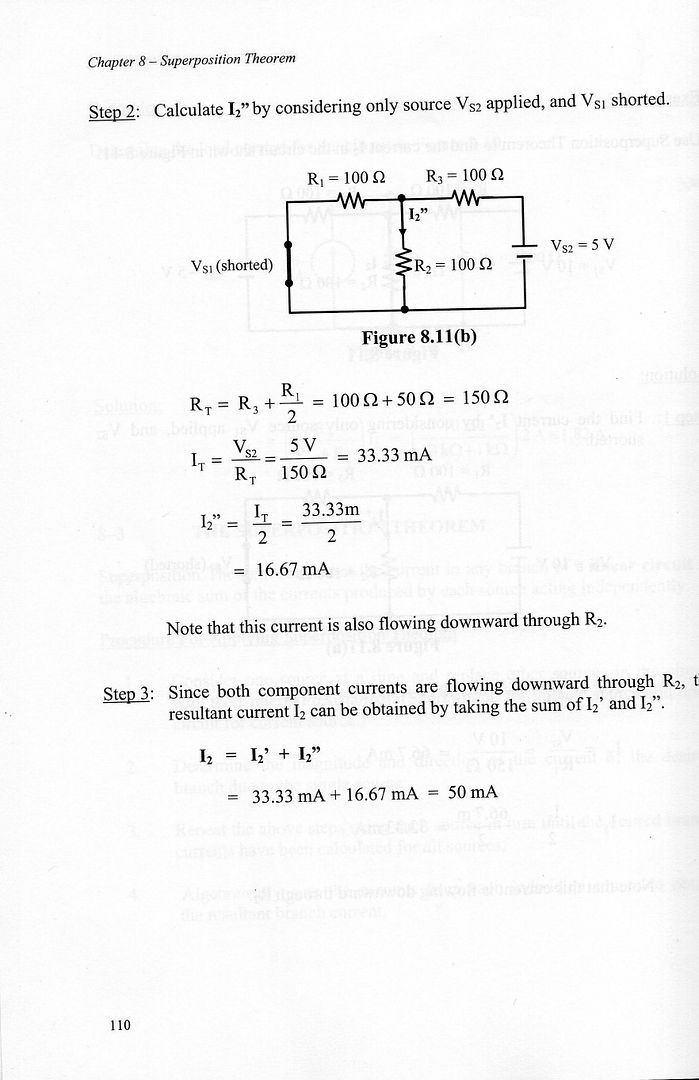phy! electricity- magnetism
-
tmr got test got a few query
will keep adding on as i surf through eagle's blog
1) when the sphere is neutral, then it is earth, would there be any movement of electron?
2) when a negatively charged sphere is earthed, will the electron stop flowing to earth when the sphere is back to neutral ?
3) re-arrangement of postive charges between 2 spheres, possible? i tot only negative charges move right?
4)http://1.bp.blogspot.com/_MpWUhDNsH98/SNE86np3IUI/AAAAAAAAAD0/lg3FzEctxjw/s1600-h/resistor.gif
where got battery cancelling out each other? can explain what it means?
5)http://2.bp.blogspot.com/_MpWUhDNsH98/SQc4xIH8wbI/AAAAAAAAAfk/GctBEnfGHEU/s1600-h/Electromagnet5.gif
The size of the turning moment decreases since the perpendicular distance from the axle of rotation decresaes when the coil approaches vertical position.
what does the answer mean? can sum1 try to explain hhow the answer came about?
-
1. nope..... neutral meas no excess electron or no lack of electrons, therefore no movement.
2. Yes
3. Yes, use one -ve ball at one side and a +ve ball at one side, +ve and -ve charges will move, anyway, -ve and +ve charges can move.....
-
Originally posted by SBS n SMRT:
1. nope..... neutral meas no excess electron or no lack of electrons, therefore no movement.
2. Yes
3. Yes, use one -ve ball at one side and a +ve ball at one side, +ve and -ve charges will move, anyway, -ve and +ve charges can move.....
so both charges can move but only electrons can move ah?
-
Originally posted by yiha093:
so both charges can move but only electrons can move ah?
you need to understand the fundementals of charge..i shall start
Firstly, when an object has the same number of protons( +ve), and the smae number of electrons (-ve). they are at neutral charge.
When more protons than electrons, the object is at positive charge, when more electrons are at negative charge, it means here are more electrons
Take as example
18 Protons (++++++++++++++++++) and 16 electrons (----------------), resulting as + and - cancel out, left 2 plus (++), therefore the object is said to be having a 2+ charge, need to take care, is 2+ not +2 (This is oxidation state)
Therefore, charge can move is a abituary term, which means charge do not really "move", but the shift in charge is due to the moving of electrons which carries a negative charge which will in some term, make one side positive, due to the departure of electrons which make the side having more protons, while the other having more negative charges due to the arrivial of more electrons.
Additional response
Q4. Battery "cancelling each other out" is due to when two battery are facing each other in the same pole direction, electron flow (which bring the current) will be obstructed as a result, therefore, no electrons can flow each way and thus cancelled each other out. However in the example quoted, there is 2 battery versus one. therefore, think like a tug-o-war game, one side use 2 man and another one, and the man are exerting each 400N of force, definately thre side with two man will win as they use 400N more force, so a battery is also the same, one side 3 V another 1.,5 V, so it will be overall 1.5 V in the direction of the side which have more battery.
Q5. Let me define principle of moments
Moments = Force X Length of perpendicular distance fm pivot to line of action
So when axle reach vertical position, length of perpendicular action reaches 0 m which will cause the moment of force to decrease.
-
geez... the test i did today was much more difficult then the 1 on eagle's blog. and it was MCQ
:lol:
-
relax...o will not be as hard
-
For the battery question, here is some things that i hope will help u understand

This is how you can calculate
I duno if you are in pure or combine science. Do they ask you to calculate current and voltage drops? below are one example of how to calculate the curent of a circuit with 2 sources


-
tyty for all the help !
-
Originally posted by MyPillowTalks:
For the battery question, here is some things that i hope will help u understand

This is how you can calculate
I duno if you are in pure or combine science. Do they ask you to calculate current and voltage drops? below are one example of how to calculate the curent of a circuit with 2 sources


i think both pure/combine need to explain voltage drops. but dun nid superposition and so on, just explain in these
More Battery in series, R increase, when I remains constant, V=IR, V increase, when more battery in pararell, R decrease, I stays, V increase